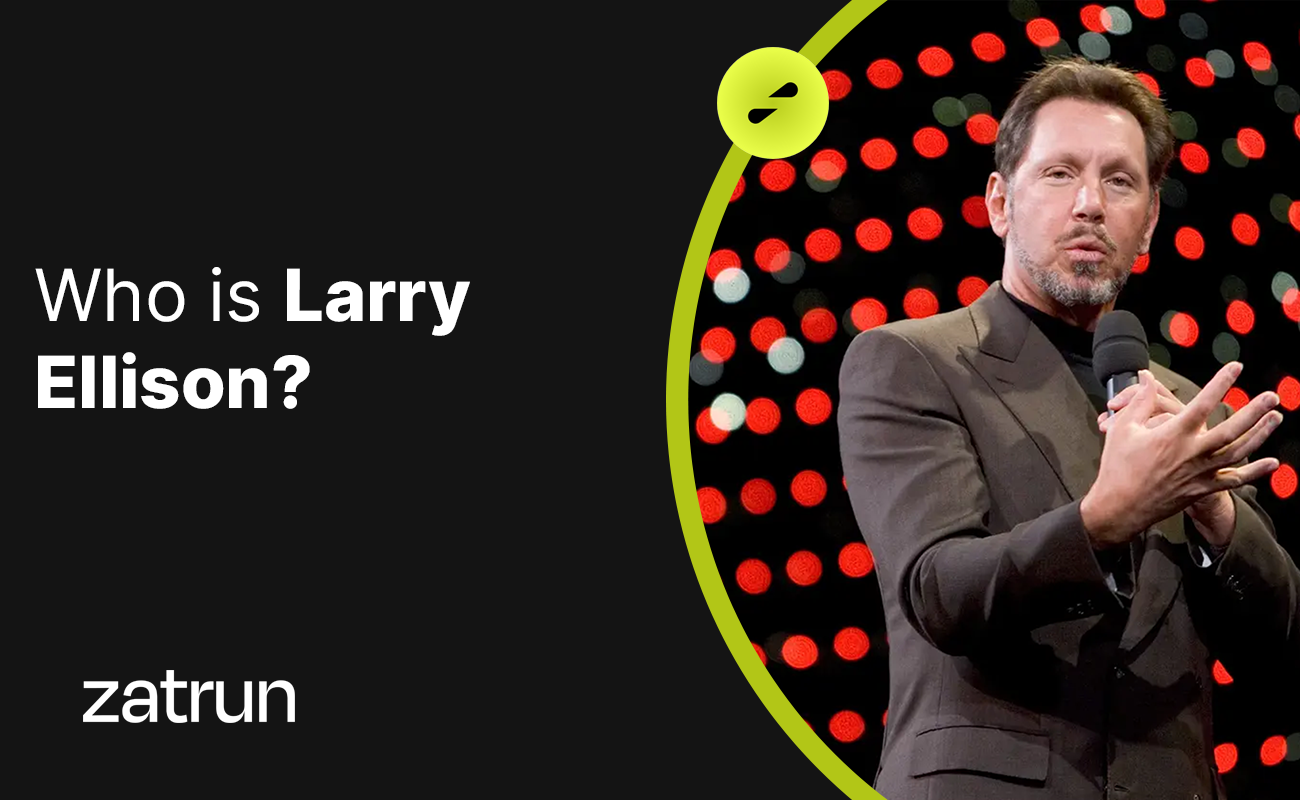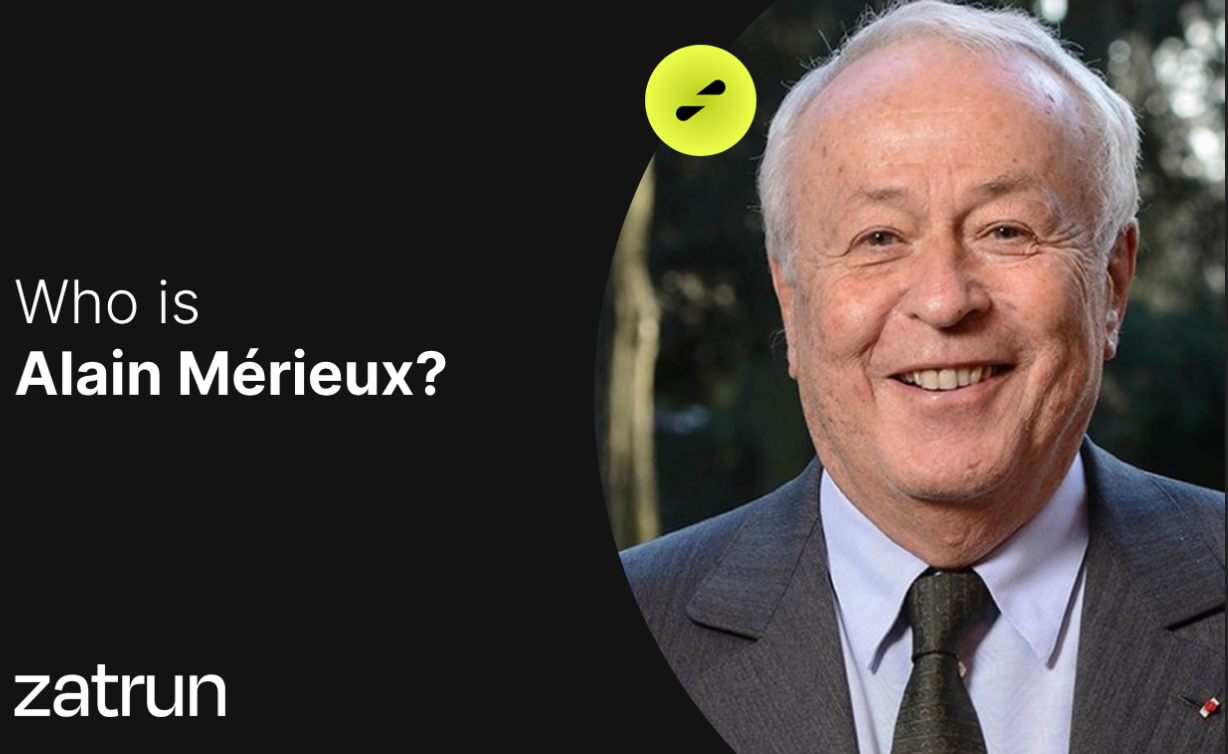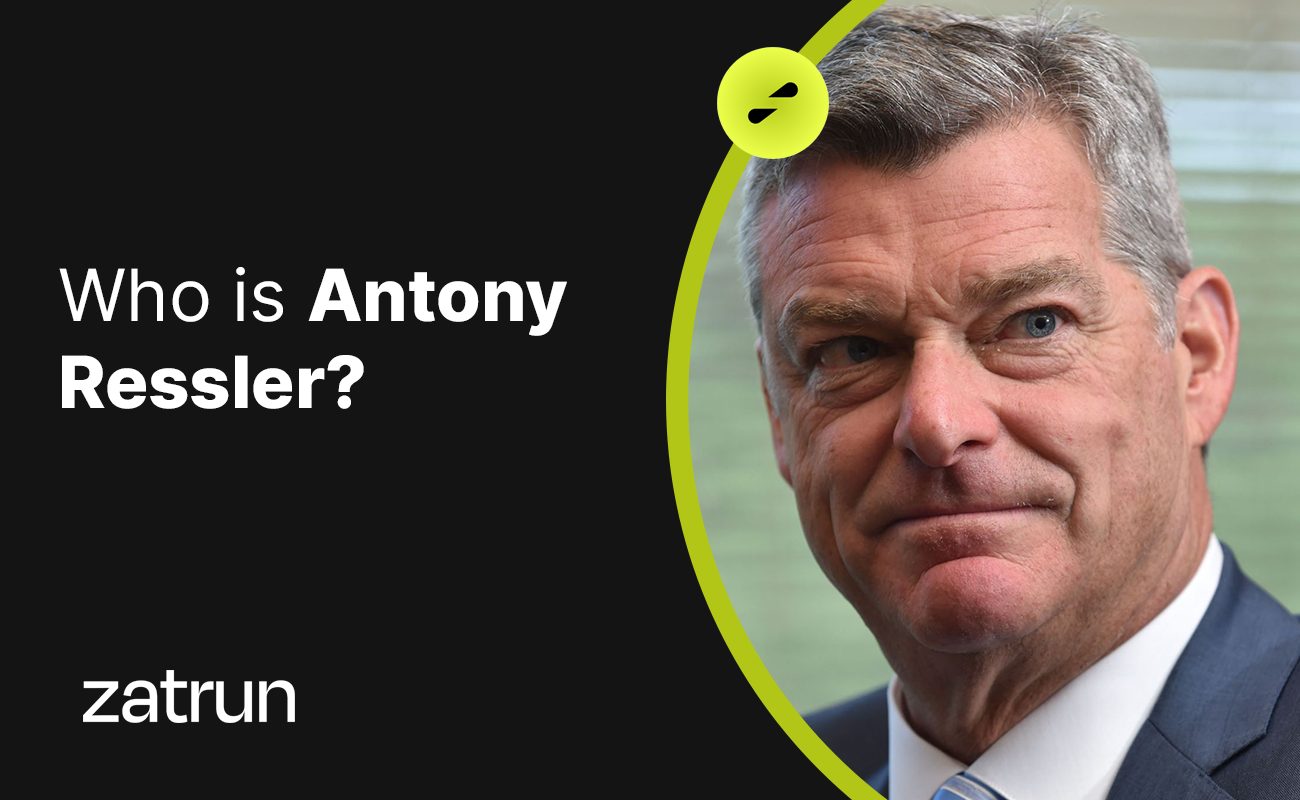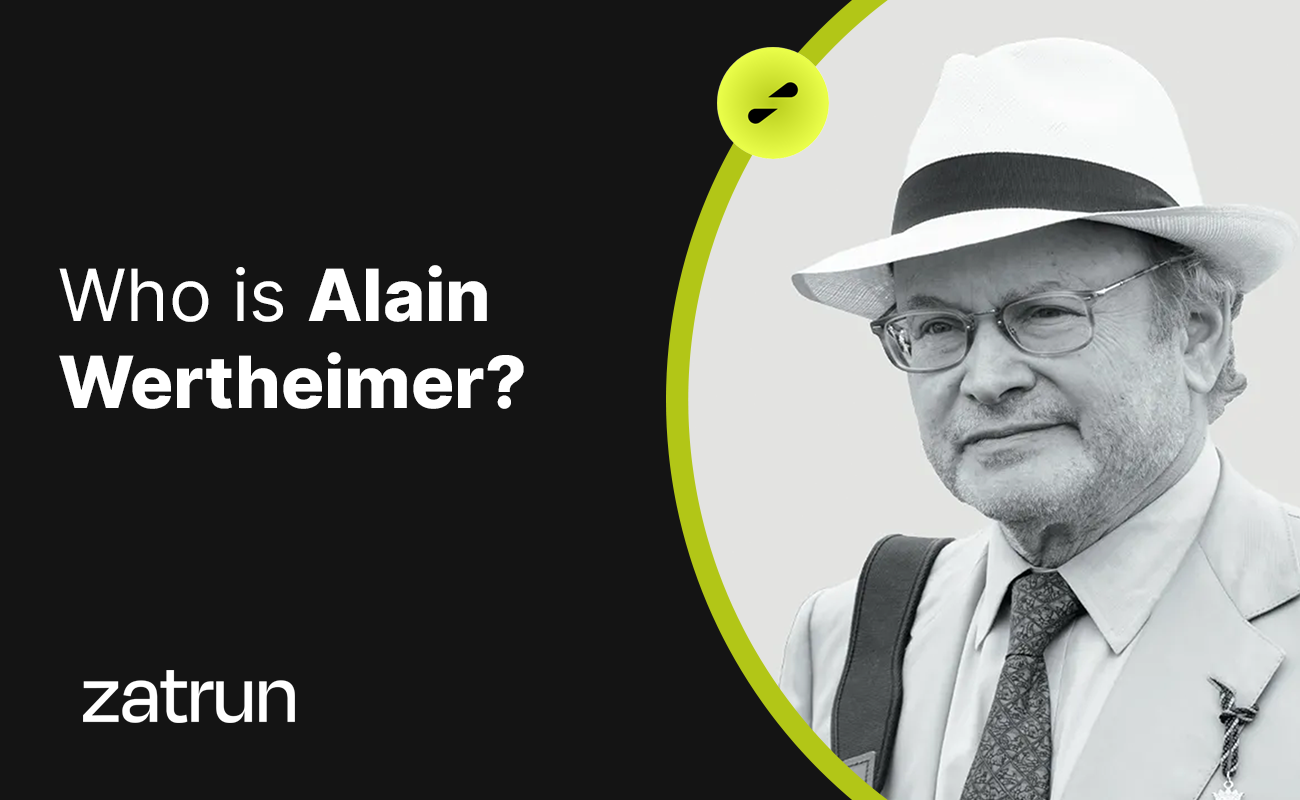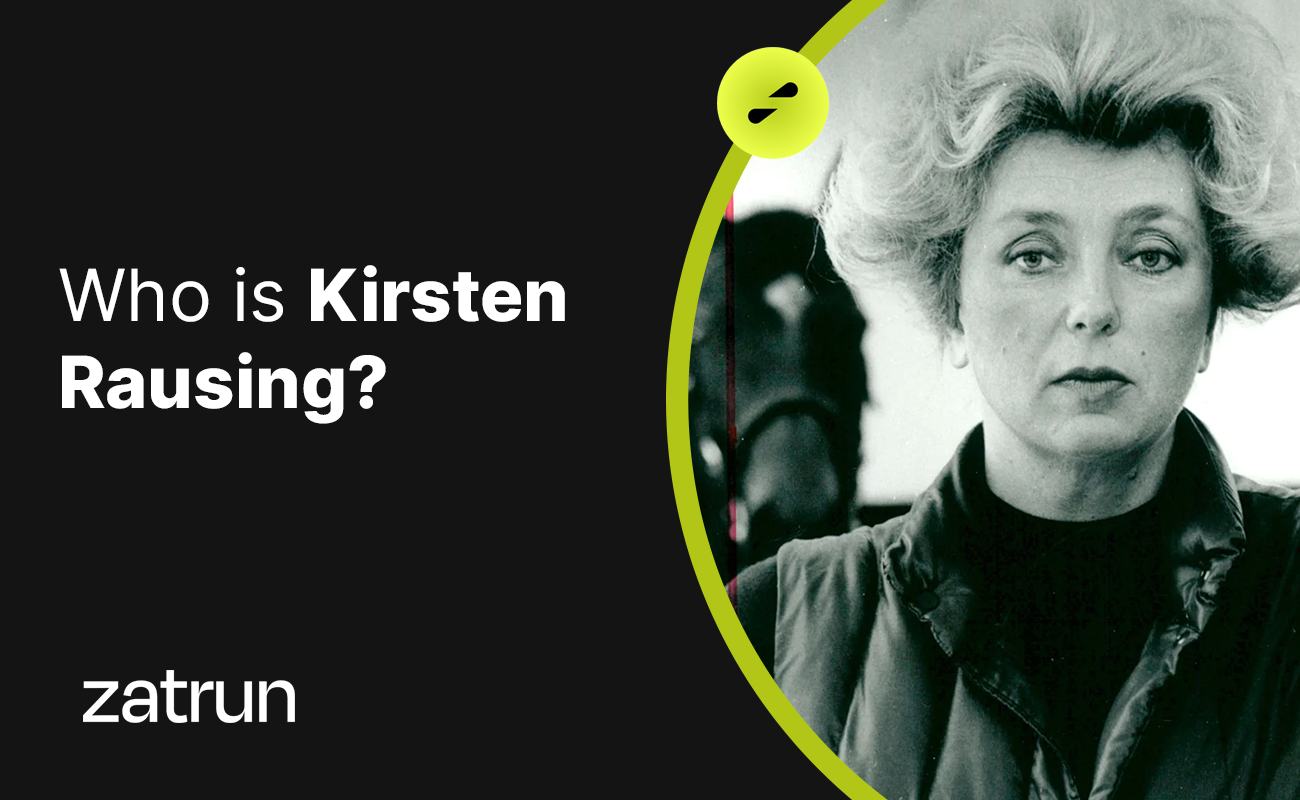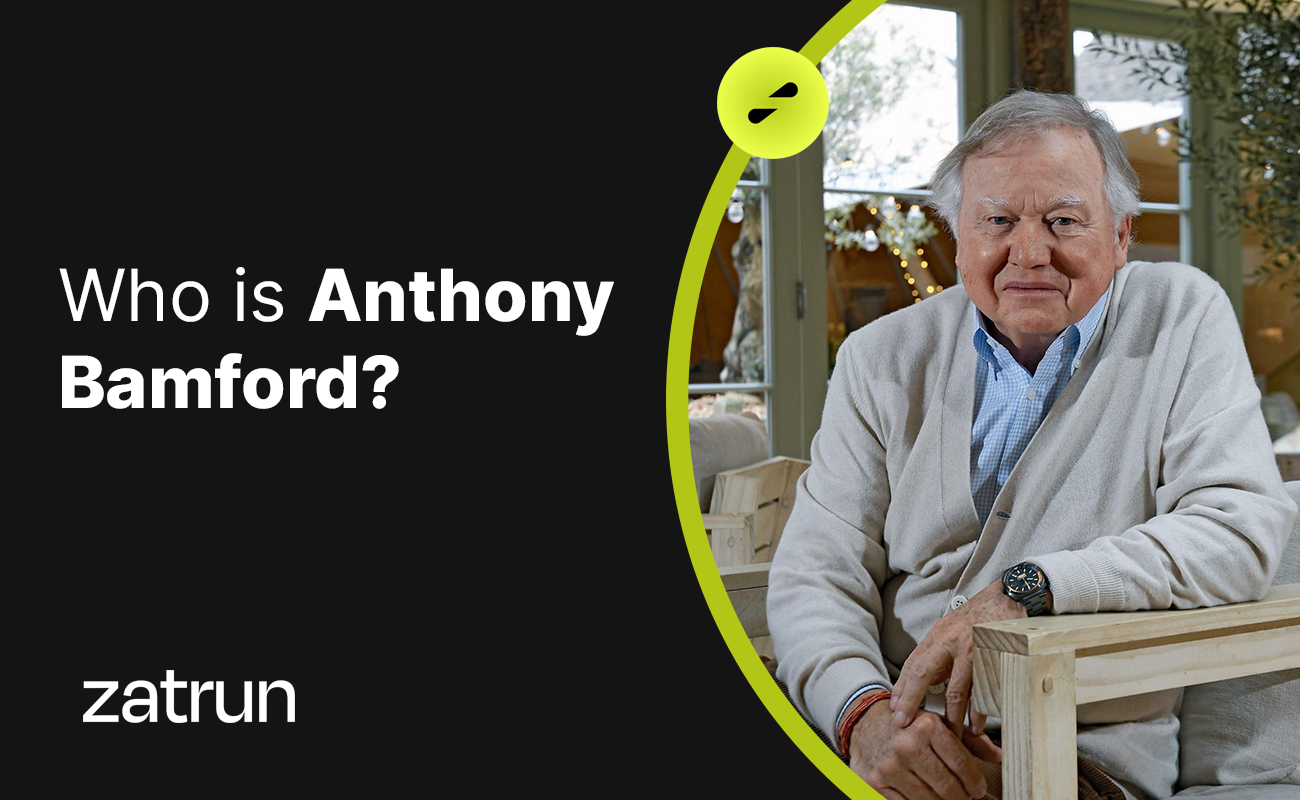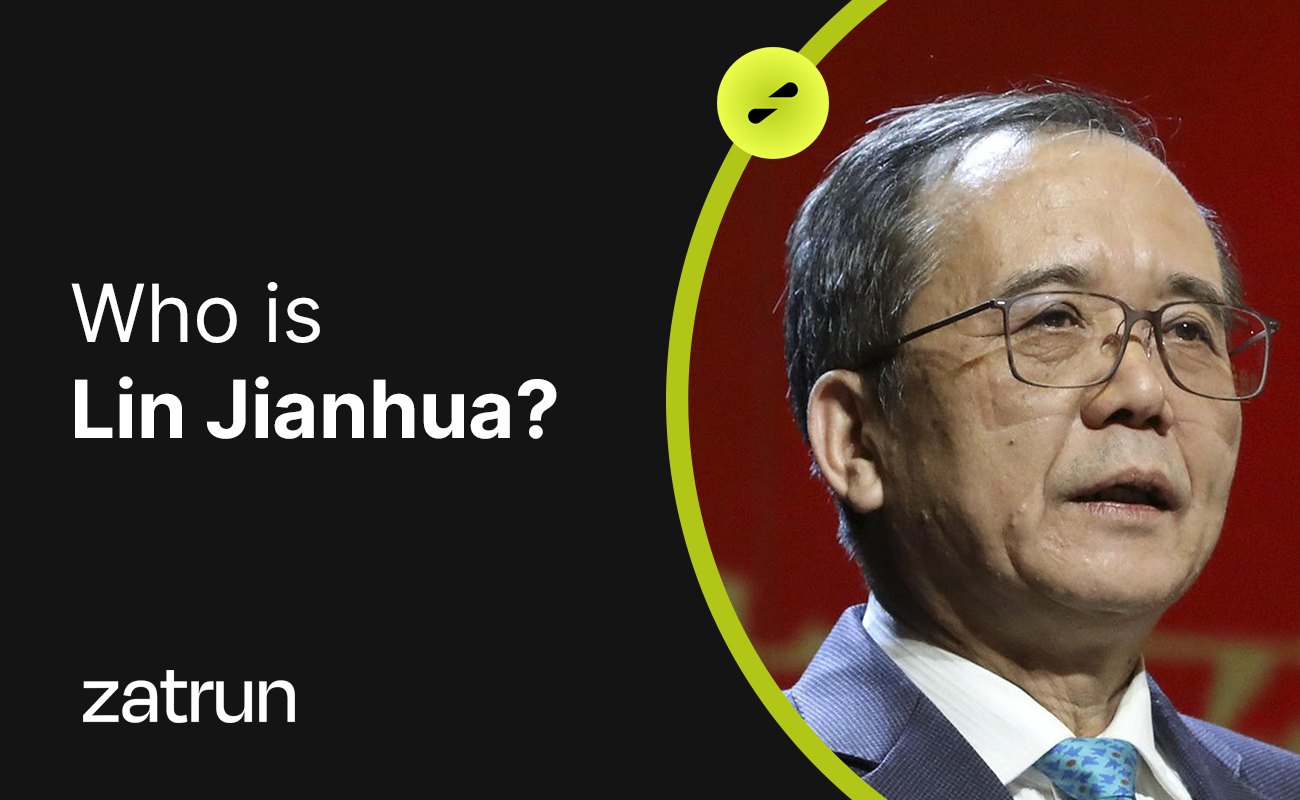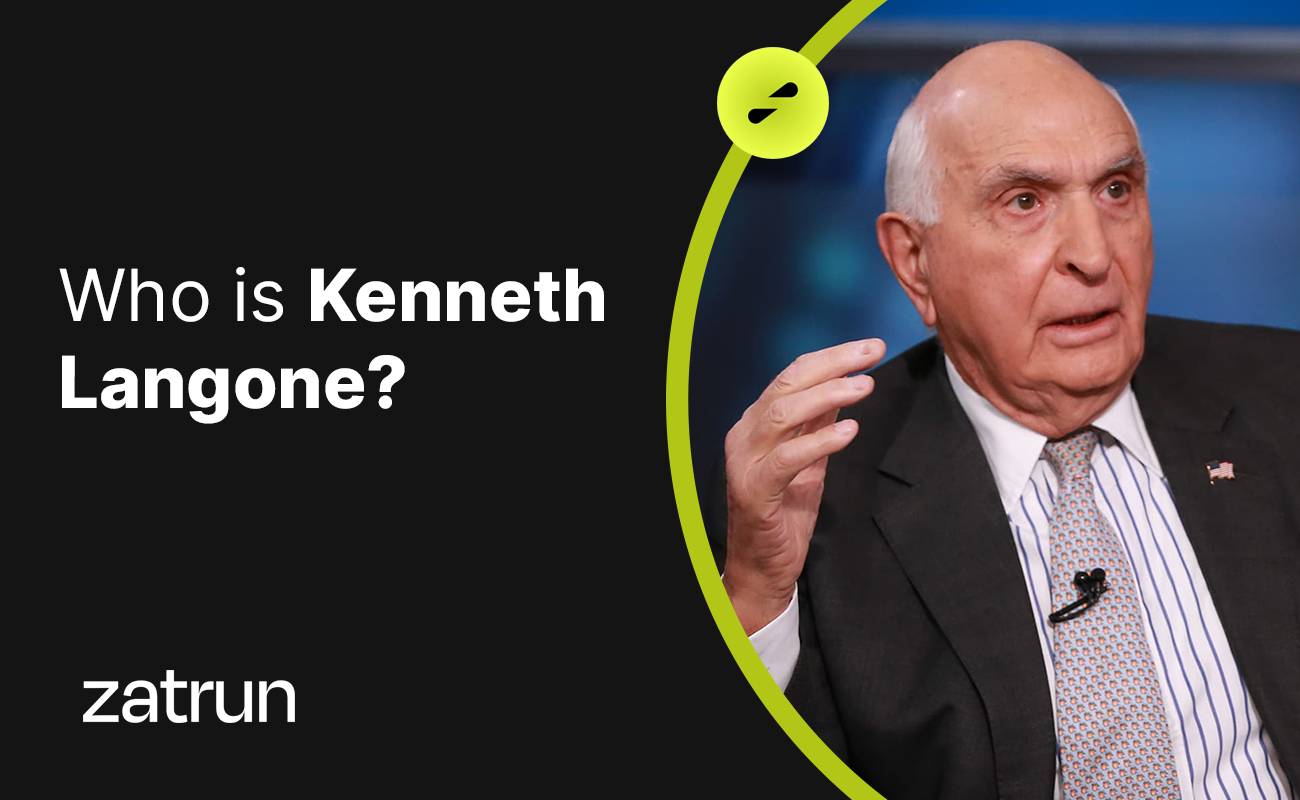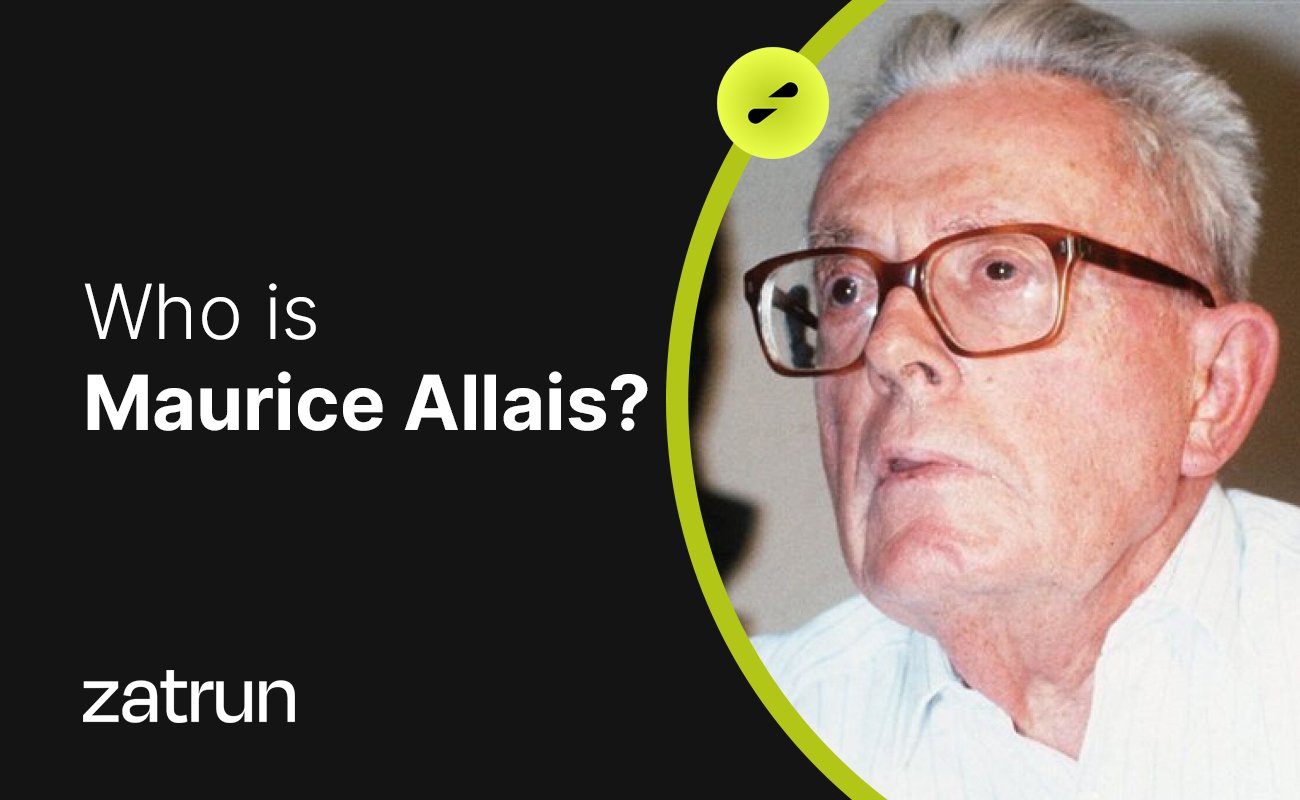Kenneth Arrow is known as an American economist, mathematician, writer, and political theorist. He was an active figure in the post-World War II era and was awarded the Nobel Memorial Prize in Economic Sciences in 1972, together with John Hicks.
Arrow is an important figure in neo-classical economic theory and made significant contributions to social choice theory, “Arrow’s impossibility theorem,” and general equilibrium analysis. He also made fundamental contributions to other areas of economics such as endogenous growth theory and information economics. If you want to learn more about Kenneth Arrow, this Zatrun.com article is for you.
Who is Kenneth Arrow?
Kenneth Arrow was born in New York in 1923 to a Romanian Jewish family who supported his education. He grew up during the Great Depression and embraced socialism in his youth, but later moved away from this view, although he retained a left-leaning philosophy. He graduated from Townsend Harris High School and obtained a bachelor’s degree in mathematics from City College of New York. He then pursued graduate studies in economics at Columbia University, where he was influenced by Harold Hotelling and worked as a weather officer in the United States Army Air Forces from 1942 to 1946.

After leaving the army in 1946, Arrow began working as a research assistant at Princeton University. He obtained his PhD from Princeton in 1949 and worked as a researcher at the RAND Corporation from 1949 to 1951. He then became an associate professor at the Stanford University Department of Economics in 1951 and was promoted to professor in 1963. During his tenure at Stanford, Arrow published numerous important articles in economics, mathematics, political theory, and information theory. In 1972, he was awarded the Nobel Memorial Prize in Economic Sciences, together with John Hicks.
Kenneth Arrow and His Academic Career
Arrow began his academic career as a graduate student at Columbia University and a research assistant at the Cowles Commission for Research in Economics at the University of Chicago from 1946 to 1949. During that time, he also served as an assistant professor of economics at the University of Chicago and worked at the RAND Corporation in California.
He left Chicago to become an assistant professor of economics and statistics at Stanford University. He obtained his PhD from Columbia University in 1951. In the 1960s, he served in the Council of Economic Advisers, along with Robert Solow. He then became a professor of economics at Harvard University in 1968, where he was working when he received the Nobel Memorial Prize in Economic Sciences.

Kenneth Arrow returned to Stanford in 1979 as the Joan Kenney Professor of Economics and Business Administration. He retired in 1991 and served as a Fulbright Distinguished Chair, teaching economics at Siena University in 1995. He was a founding member of the Pontifical Academy of Social Sciences and a member of the Santa Fe Institute’s Science Board. Throughout his career, he was a fellow at Churchill College, Cambridge. He was one of the founding editors of the Annual Review of Economics, which was first published in 2009.
Four of Arrow’s former students, John Harsanyi, Eric Maskin, Roger Myerson, and Michael Spence have been awarded the Nobel Prize. Arrow’s papers are housed in the Rubenstein Library at Duke University.
Kenneth Arrow’s Impossibility Theorem
Kenneth Arrow’s monograph, Social Choice, and Individual Values was derived from his PhD thesis in 1951. Arrow also had other major works, including articles such as “Risk Aversion in the Small and in the Large” and “Uncertainty and the Welfare Economics of Medical Care,” as well as books such as “Aspects of the Theory of Risk Bearing” and “Essays in the Theory of Risk-Bearing.”
Arrow believed in the importance of a multidisciplinary approach to economic research, beyond economic theories. As a member of the Santa Fe Institute’s Science Board, he studied how social and human sciences could interact with physical sciences such as physics, biology, and chemistry.

For his contributions and results in economic research, Kenneth Arrow won the Nobel Prize in Economics in 2003. He was also awarded by the American Economic Association and the French Academy of Economic and Social Sciences. Before his death, Arrow was an emeritus professor at Stanford University.
General Equilibrium Theory and Endogenous Growth Theory
Kenneth Arrow and Gérard Debreu’s work, along with Lionel McKenzie’s simultaneous work, provided the first conclusive evidence for the existence of market equilibrium. For his contributions, Debreu was awarded the Nobel Prize in Economics in 1983. Kenneth Arrow, on the other hand, continued to work on models and analyses involving uncertainty and stability. His contributions to general equilibrium theory were influenced by Adam Smith’s book, “The Wealth of Nations,” written in 1776, which examines the mutual dependence among individuals and describes the economic growth brought about by the division of labour.
Kenneth Arrow was one of the pioneers of endogenous growth theory, which attempts to explain the source of technological change. Previous theories had assumed that technological change came from an external source and was beyond economic activities, but Arrow aimed to explain why firms innovate for economic reasons. This emphasises that economic activities are internally determined, and that technological change is determined by economic actors and is part of the model. Endogenous growth theory was initiated by Paul Romer in 1986, drawing inspiration from Arrow’s “learning by doing” model. After Arrow’s work, a literature on this theory developed.


